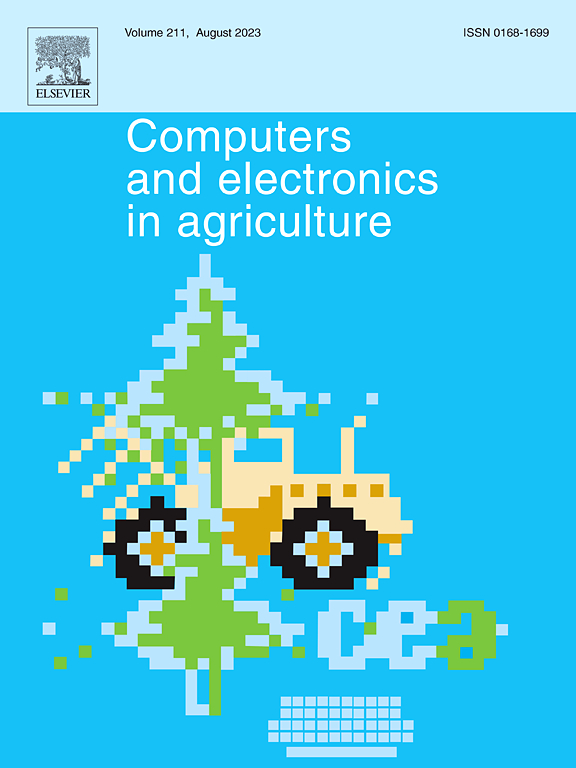收割和运输作业中多台机器的协同调度和计划方法--第Ⅰ部分:收割机任务分配和顺序优化
IF 7.7
1区 农林科学
Q1 AGRICULTURE, MULTIDISCIPLINARY
引用次数: 0
摘要
本文章由计算机程序翻译,如有差异,请以英文原文为准。
A collaborative scheduling and planning method for multiple machines in harvesting and transportation operations-Part Ⅰ: Harvester task allocation and sequence optimization
In the scenario of harvesting-transportation operation, the collaborative scheduling of harvesters and grain trucks is crucial for addressing the challenge of scheduling different types of agricultural machinery in farm areas. During the harvest, the harvesters and grain trucks must cooperate within a short time window. This study is divided into two parts (Part Ⅰ and Part Ⅱ), focusing on the collaborative scheduling problem of the harvesters, and operation coordination between harvesters and grain trucks, respectively. In this paper (Part I), we focus on addressing the problem of harvester task allocation and path planning. First, the topological map method was used to define the topological structure and construct an electronic map of the farm. Then, a multi-harvester task allocation model was built, and a greedy minimum–maximum load balancing algorithm based on the nearest-neighbor heuristic (GMM-LB-NNH) algorithm was proposed to solve the model and obtain the task sequence for the harvesters. Finally, based on the task sequence, the whole-process path planning for the harvester was completed. We conducted simulation tests of harvester task allocation and whole-process path planning experiments for harvesters using the electronic map we developed. The results demonstrate that the proposed method effectively achieves harvester task allocation and path planning. Additionally, it significantly reduces overall operation time by an average of 29.8 min compared to the Ant Colony Optimization algorithm and by 12.6 min compared to the Genetic Algorithm, providing a novel approach for the scheduling and planning of the same types of agricultural machinery.
求助全文
通过发布文献求助,成功后即可免费获取论文全文。
去求助
来源期刊

Computers and Electronics in Agriculture
工程技术-计算机:跨学科应用
CiteScore
15.30
自引率
14.50%
发文量
800
审稿时长
62 days
期刊介绍:
Computers and Electronics in Agriculture provides international coverage of advancements in computer hardware, software, electronic instrumentation, and control systems applied to agricultural challenges. Encompassing agronomy, horticulture, forestry, aquaculture, and animal farming, the journal publishes original papers, reviews, and applications notes. It explores the use of computers and electronics in plant or animal agricultural production, covering topics like agricultural soils, water, pests, controlled environments, and waste. The scope extends to on-farm post-harvest operations and relevant technologies, including artificial intelligence, sensors, machine vision, robotics, networking, and simulation modeling. Its companion journal, Smart Agricultural Technology, continues the focus on smart applications in production agriculture.
 求助内容:
求助内容: 应助结果提醒方式:
应助结果提醒方式:


